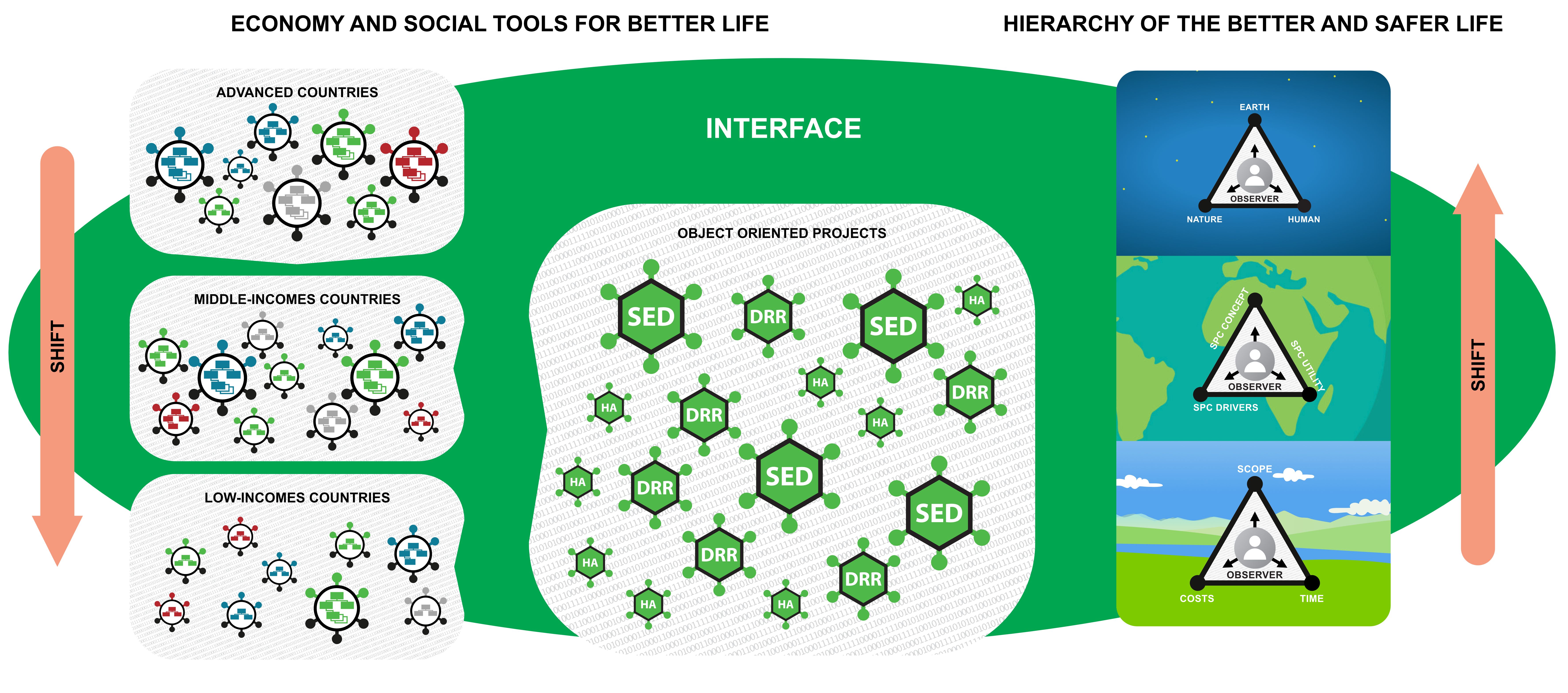Figure C8e.2 Economy and social data sources of the Human in the GT

Figure C8e.2 Economy and social data sources of the Human in the GT
Figure C8e.2 links a package (many pools) of worldwide organizations (their economy, social, and safety roles) with threats of a better and safer life in the Great Triad (GT), both for nature and humans (more detail see on Figure C1b.).
This abstract model helps us introduce (demonstrate) the direction for shifting of current know-how and skills from the high-incomes to the low-incomes economics. The shift (growth, change) has pragmatic content and the recognizable grab of steps through organizations.
It can support any administration (organizational) activities tight with the GDT development, preparation, and implementation. The spectrum of threats, their dangerous impacts, and risks of the fatal catastrophe has its own Target Group, TG (e.g., scientists, governments, universities, banks).
What is missing is a similar type of TG focused on the package of the SEd, DRR, and HA projects, on the genuine and live know-how of the human potential, on available financial services and sources, and the proof and existing capital. This approach of thinking represents Figure C8c.2.
The figure presents the link between the hierarchy of organizations and the hierarchy of triads. Shows principles of both bottom-up shift and top-down shift.
The top-down shift (growth, change) is widely known and explained (e.g., know-how or financial aid from developed to developing countries). The bottom-up shift (transformation) needs a brief explanation.
The idea is to start with the SPC Utility operations in provinces with an informal legal environment (with a slight legal smog) and less demanding simple projects. Develop, test, and evaluate the project cycle to get readable results (from project preparation, implementation, and interaction with the local investment environment).
The goal is to test the algorithm structures and propose and tune project preparation machines (PPM) and project implementation machines (PIM) for the SPC utility services in a spectrum of the SPC Drivers for a specific province's needs (more is in Chapters D and E). More detail in this sense indicates Figure C8c.3.